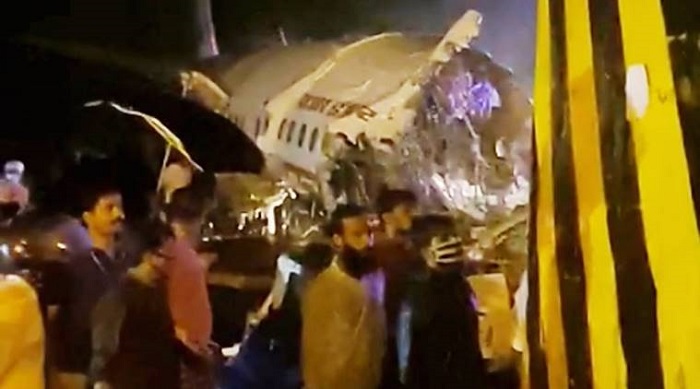Durg, Aug 19: A government cattle shelter turned into a death trap for cows in Chhattisgarh. In yet another incident of neglect in cow shelters, allegedly over 200 cows died of starvation at a government-aided gaushala in Rajpur's Durg district.
The shocking incident has revealed blatant cruelty where the cows were left to starve with no fodder and water for 48 hours.
All fingers are pointing towards BJP leader Harish Verma, the moderator of this cow farm. Rajpur residents and state officials blame Verma for the deaths of the cows.
Accused of serious carelessness, Verma has now been arrested. Verma, who holds the post of vice-president in Jamul Municipality, has been booked under sections 4 and 6 of Chhattisgarh Agricultural Cattle Preservation Act 2004, under section 11 of Prevention of Cruelty to Animals Act 1960 and section 409 (criminal breach of trust) of the IPC, the IG said.
The leader has however, dusted off all allegations and claimed otherwise.
Speculations are rife that the cows were burried in many trenches in a bid to cover up the the severe incident of neglect.
Residents say they found trenches with 10 to 15 cows buried in each of them.
Rajpur's Sarpanch Pati Sevaram Sahu alleged that he found many trenches were being dug to bury the dead cows lying around, which made them suspicious.
Outrage however against the BJP leader hasn't yet cooled down with Opposition alleging that the shelters are facing neglect and the money to be spent on fodder being siphoned off.





Comments
60 Children died - No Probe, No arrests.
200 Cows die - Immediate arrest.
A converted muslim girl marries - NIA probe!
Truly, this country will not prosper!
Add new comment